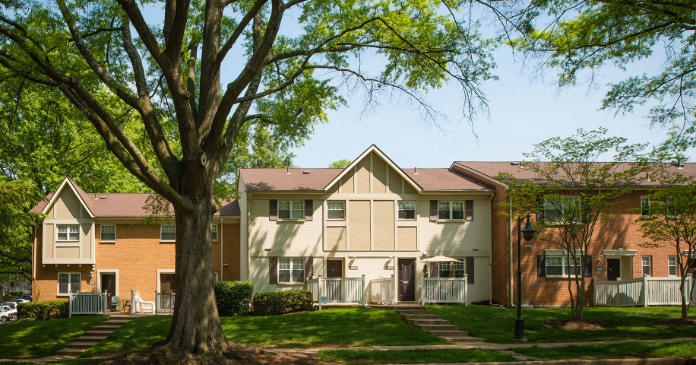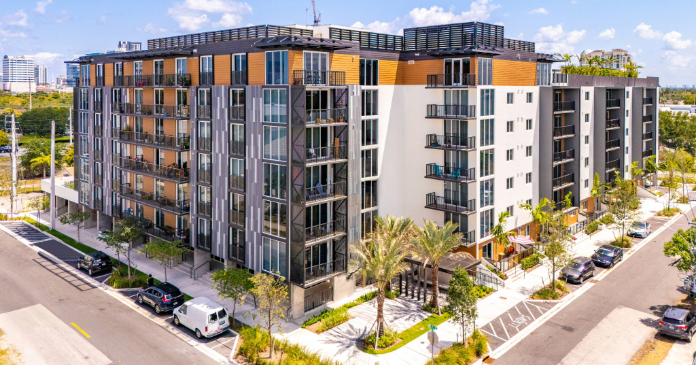The National Multifamily Housing Council (NMHC)’s Rent Payment Tracker found 90 percent of apartment households made a full or partial rent payment by August 20 in its survey of 11.4 million units of professionally managed apartment units across the country.
This is a 2.1-percentage point, or 237,056 -household decrease from the share who paid rent through August 20, 2019 and compares to 91.3 percent that had paid by July 20, 2020.
These data encompass a wide variety of market-rate rental properties across the United States, which can vary by size, type and average rental price.
“Lawmakers in Congress and the Administration need to come back to the table and work together on comprehensive legislation that protects and supports tens of millions of American renters by extending unemployment benefits and providing desperately needed rental assistance,” said Doug Bibby, NMHC president. “The industry remains encouraged by the degree residents have prioritized their housing obligations so far, but each passing day means more distress for individuals and families, and greater risk for the nation’s housing sector. If policymakers want to prevent a health and economic crisis from quickly evolving into a housing crisis, they should act quickly to extend financial assistance to renters.”
The NMHC Rent Payment Tracker metric provides insight into changes in resident rent payment behavior over the course of each month, and, as the dataset ages, between months.
While the tracker is intended to serve as an indicator of resident financial challenges, it is also intended to track the recovery as well, including the effectiveness of government stimulus and subsidies.
However, noteworthy technical issues may make historical comparisons imprecise.
For example, factors such as varying days of the week on which data are collected; individual companies’ differing payment collection policies; shelter-in-place orders’ effects on residents’ ability to deliver payments in person or by mail; the closure of leasing offices, which may delay operators’ payment processing; and other factors can affect how and when rent data is processed and recorded.













